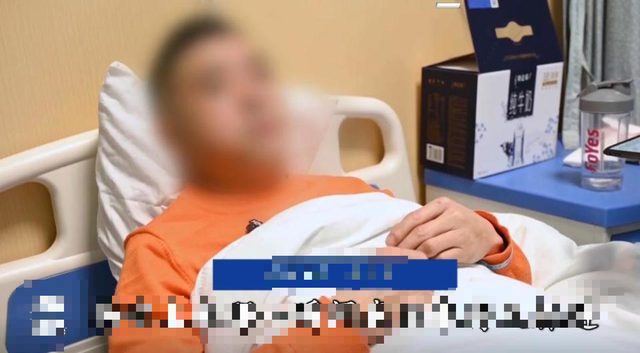Training Dogs: A Challenge Not to Be Underestimated
In practice, professional dog trainers use specific sounds or words to help dogs respond and communicate with commands. While the process may seem straightforward, one individual encountered unexpected difficulties during his training journey. On his first practical training session, he faced a biting incident with the dog.
Mr. Ho, living and working in Vinh Han, learned to communicate with his dog through videos online. He stated: “Scrolling through Douyin, I saw a blogger communicating with a dog, and I felt that the dog seemed to have understood. I wanted to interact with my dog in the same way.”

Mr. Ho Decides to Apply the Self-Learning Method to Communicate with His Dog
When starting to introduce sounds, he hoped to improve his relationship and training skills with his dog. However, during practice, an unexpected situation arose: his dog, not accustomed to loud sounds, reacted by biting him. He recounted: “During the process of barking, I let out a sound like ‘wu…’, indicating ‘I’m better than you, you have to listen to me.’
As soon as there was a command, the dog immediately approached him, Mr. Ho described: “Normally, my dog is very friendly and loyal. At that moment, I was lying on the couch, and the dog came up to me. Therefore, the situation escalated quickly, and I was not able to escape. It bit my face. Blood gushed out a lot.”
It is clear that this was not the outcome Mr. Ho desired. Experts explain that dogs can feel threatened when they hear unfamiliar sounds. The act of mimicking dog sounds can lead them to think a “stranger” is present. This can result in panic or aggressive behavior, as seen in Mr. Ho’s case.
According to Dr. Si, the veterinarian who treated Mr. Ho: “When we examined, the bite wound was quite deep. It was about 8 cm long on the lower jaw. The bite wound seemed deep, with all the underlying tissues exposed. It felt like a piece was cut off from the canine, a deep injury.”
Initially, we will clean the wound and apply standard antibiotics. Mr. Ho will receive medication to help prevent infection in the wound. Once the condition stabilizes, we’ll perform reconstructive surgery in the second stage.

According to Dr. Si, many dog owners desire to train their pets themselves. However, this is indeed a challenging task with many unforeseen risks. In severe situations like Mr. Ho’s, it is advisable to clean the wound with saline or antiseptic water. If bleeding occurs, use a clean cloth or gauze to apply pressure, keep the bite wound clean, and seek hospital assistance promptly, and the sooner the treatment is done, the better the outcomes.
Although the idea of self-training a dog might seem appealing, in practice, it is not an effective method. For those looking for ways to train dogs, using scientific methods and structured training courses will yield longer-lasting and more stable results.





















